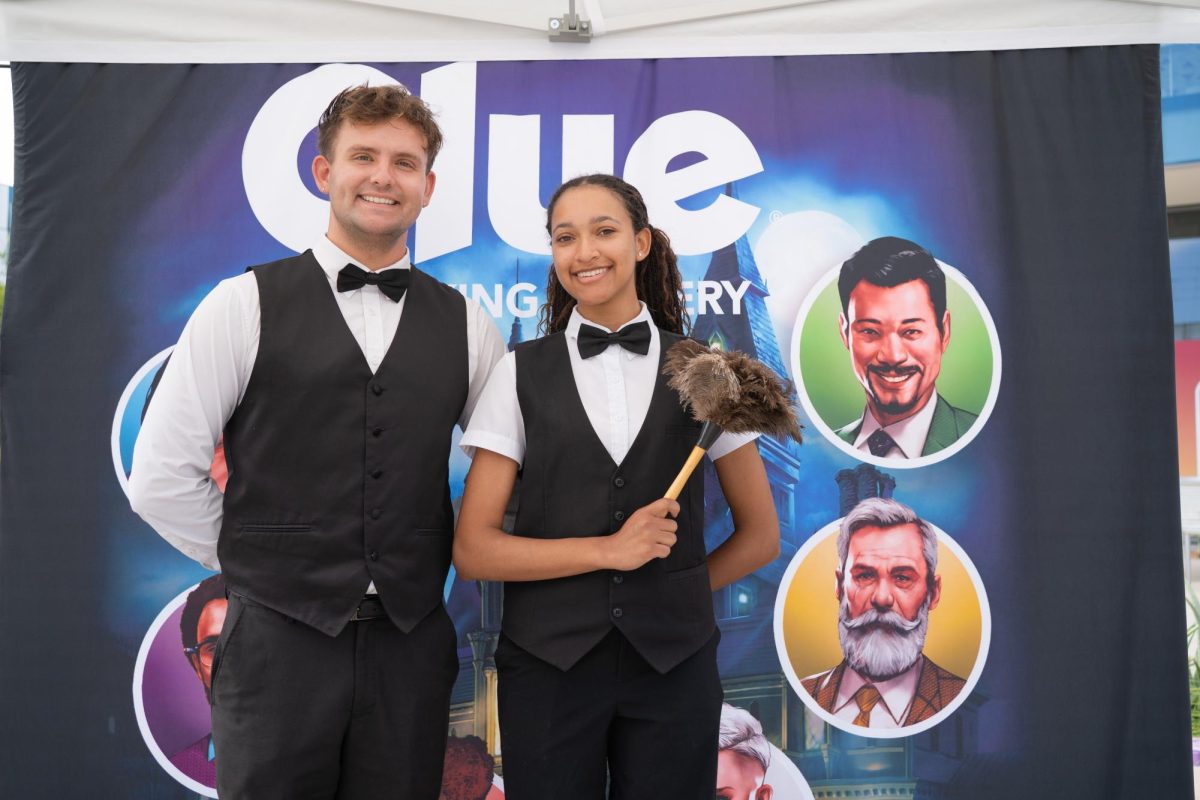Until very recently, scientists had believed only 15 of Leonardo da Vinci’s paintings still survived. It has taken him 11 years, but UCSD bioengineer Maurizio Seracini has proven them wrong.
“Finding the Lost da Vinci” is a National Geographic documentary that chronicles Seracini’s decade-long effort to find the lost painting. The first public screening was held this Monday, Oct. 12 at the Great Hall in Eleanor Roosevelt College.
The documentary has been in the works since this March, when Seracini and a team of graduate students at the Jacobs School of Engineering announced that “The Battle of Anghiari,” one of da Vinci’s most fabled creations, had been found intact but obscured. The team used several historical documents to track the painting down to a hidden compartment in the Hall of the 500 in Palazzo Vecchio, the city hall of Florence. It has been valued at over $100 million, according to Falco Kuester, a UCSD software engineer who worked with Seracini.
“As a piece that used a completely new style of painting, it’s a priceless masterpiece,” Kuester said at the on-campus premiere of the documentary. The problem? It has been trapped for centuries behind an equally priceless masterpiece —Giorgio Vasari’s fresco, “The Battle of Marciano”. Before uncovering “The Battle of Anghiari,” his current project, Seracini worked as an art diagnostician, using scientific and historical data to determine the authenticity of paintings and sculptures.
As a part of this work, he read Vasari’s diaries, which remain more or less intact in the Florentine Archives. Vasari, who was born 59 years after da Vinci, considered himself to be da Vinci’s greatest admirer. The diaries contained several passages that praised da Vinci’s paintings, as well as suggestions that one of them — “The Battle of Anghiari” — would have to be obscured by a fresco.
Seracini was part of a team doing restoration work in 2000 on “The Battle of Marciano” when he noticed a small green flag on the left-hand corner of the painting, carried by a squadron of soldiers that faced a different direction from the rest. It read: “Cerca Trovare” — Italian for “He who seeks, finds.”
“That’s our evidence, and it’s not airtight, but it’s all we’ve got right now,” Seracini says at the start of the film. The researchers predicted that “The Battle of Anghiari” lay behind the Vasari. To prove their hypothesis, they created a set of tools for their analysis.
“We developed technology specifically for this project, which had never been used before.”
One of these technologies was energy dispersive x-ray spectroscopy, generally used to identify smaller molecules. The research team adapted it so that the larger molecules present in lacquer and paint could be more readily identified using only the few grams of paint flakes the team had access to.
It paid off: The analysis revealed that the material was chemically similar than the brown glaze in da Vinci’s “Mona Lisa” and “St. John the Baptist,” which were painted around the same time as “The Battle of Anghiari.” They also found microscopic flakes of beige paint that contained the telltale patterns of a fine-haired brush, suggesting that a painting lay behind the layer of glaze.
“Finding the Lost da Vinci” examines in vivid detail the many obstacles that stand between a historical search team and buried art. There’s the garrulous Italian media, convinced that the UCSD researchers are out to destroy the Vasari. There are the lethargic government agents, who nearly buried the team’s dreams beneath years of red tape and paperwork. And there is the Vasari itself, which threatens to chip and crack with every delicate incision the scientists make.
“The project seemed impossible at many times along the way,” Kuester said. “But against all odds, the team persevered.”






